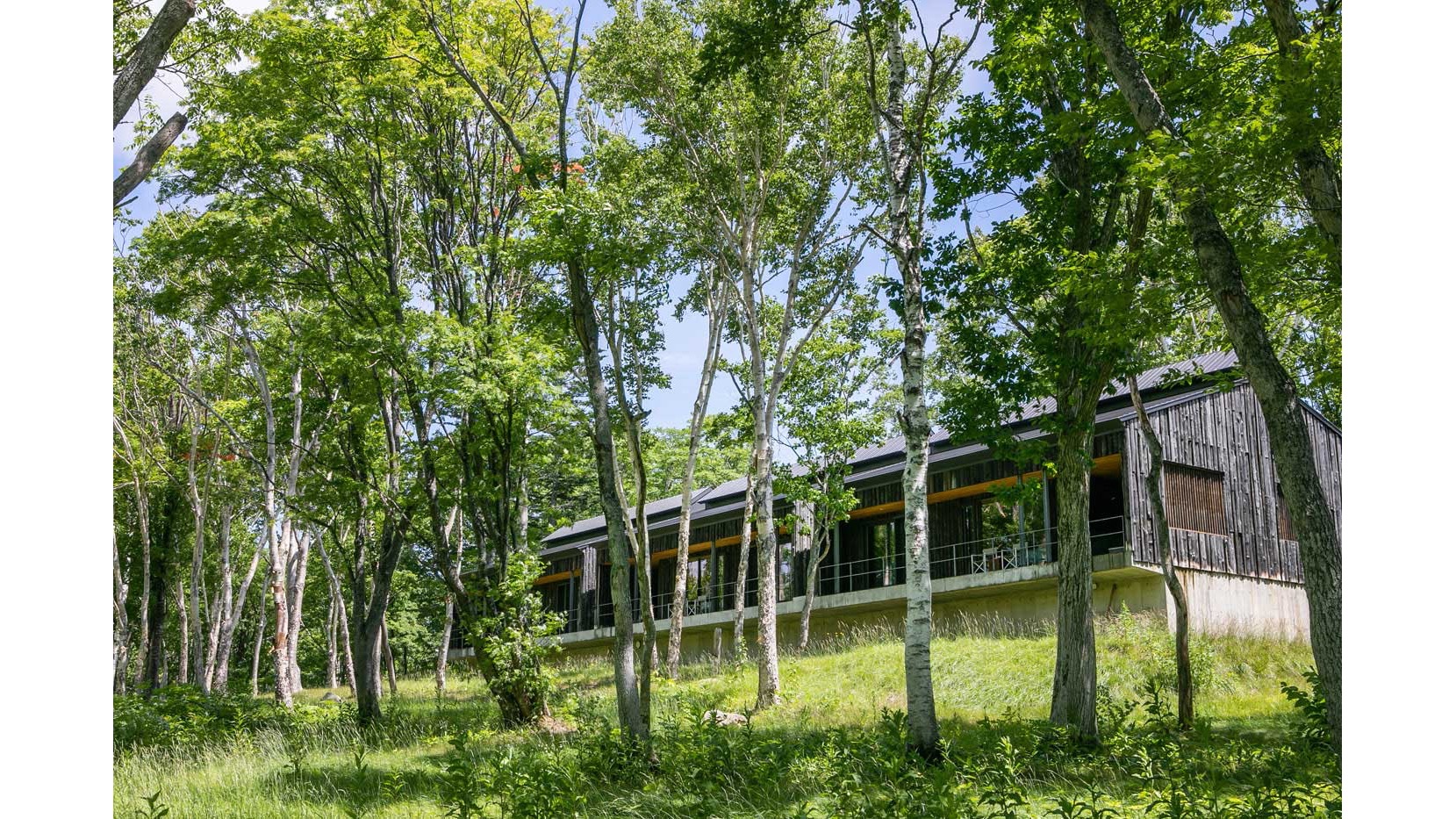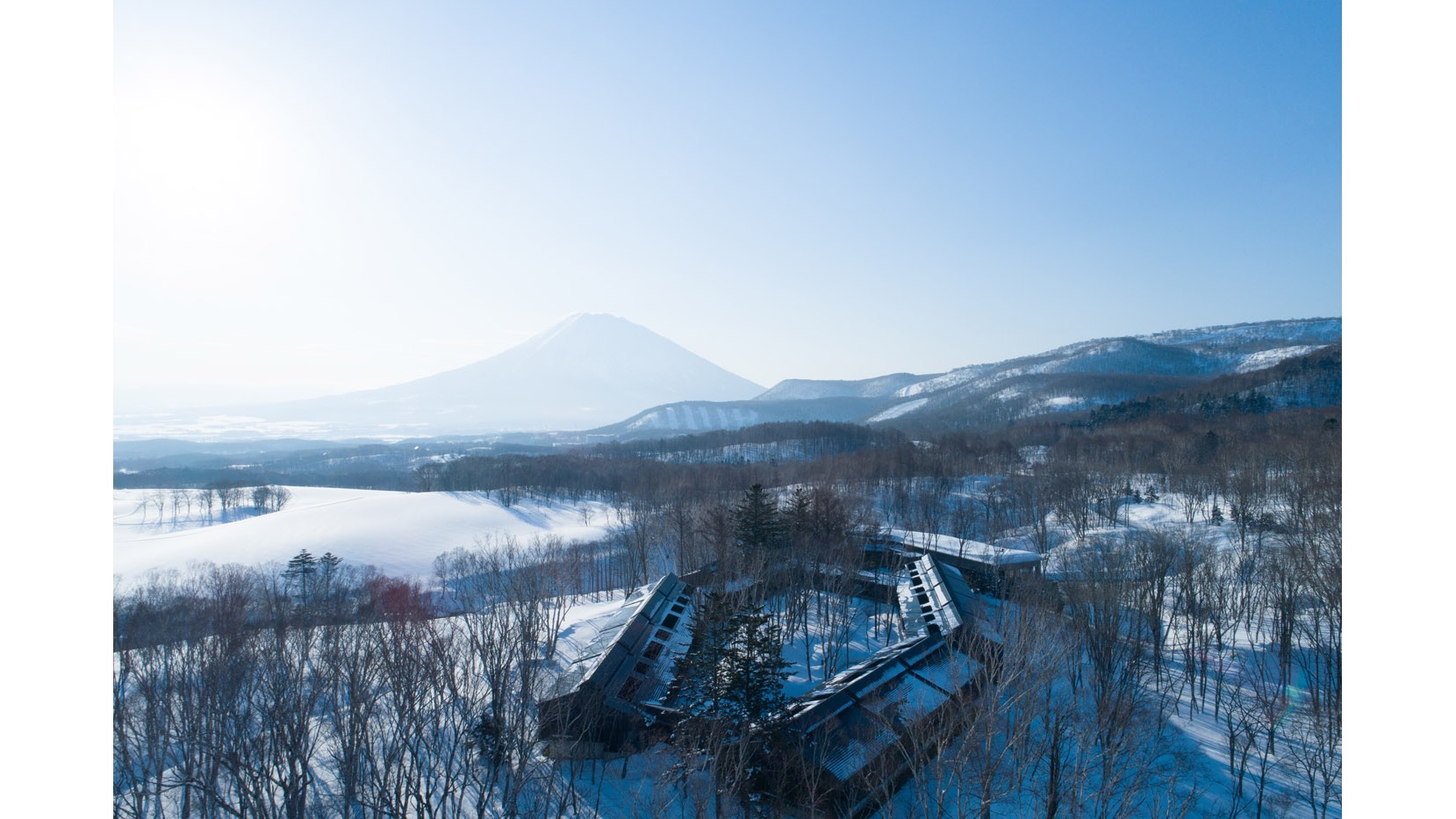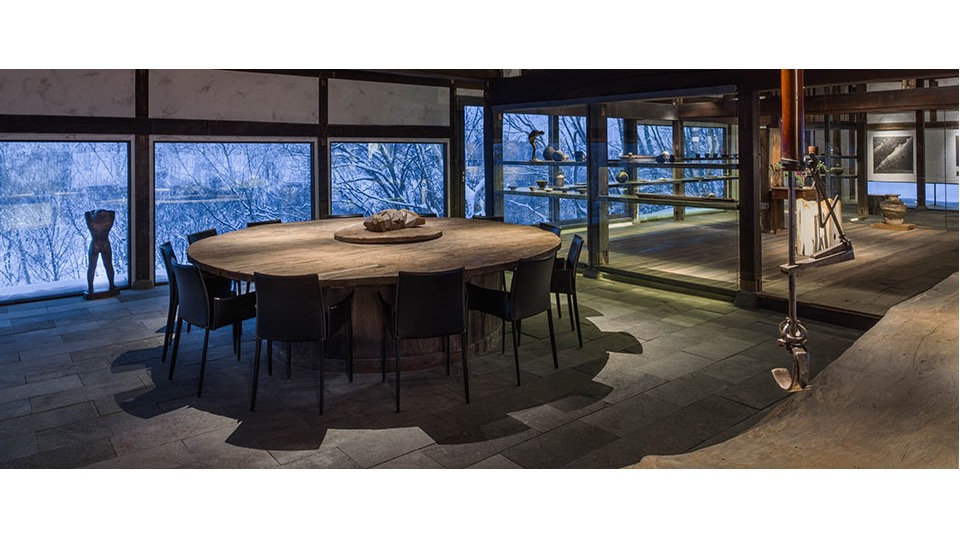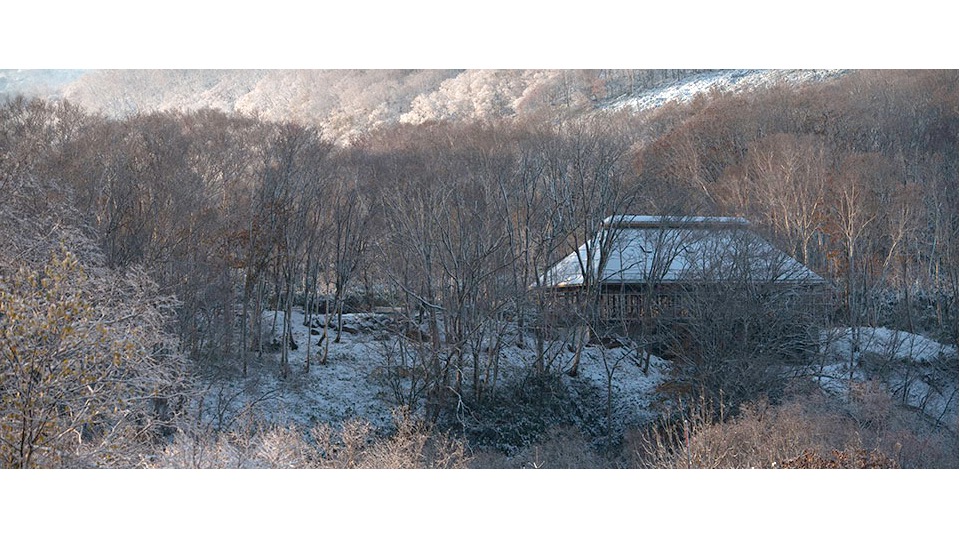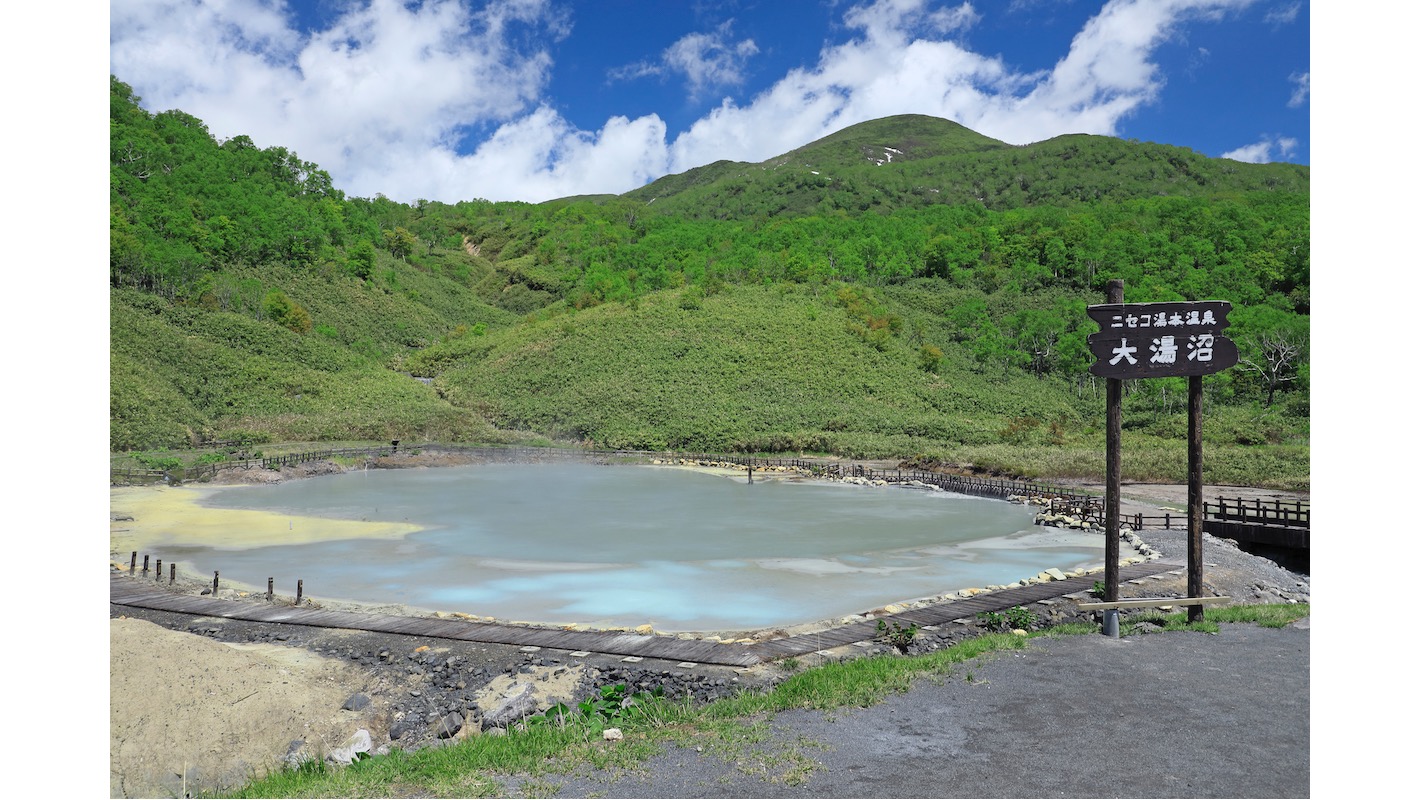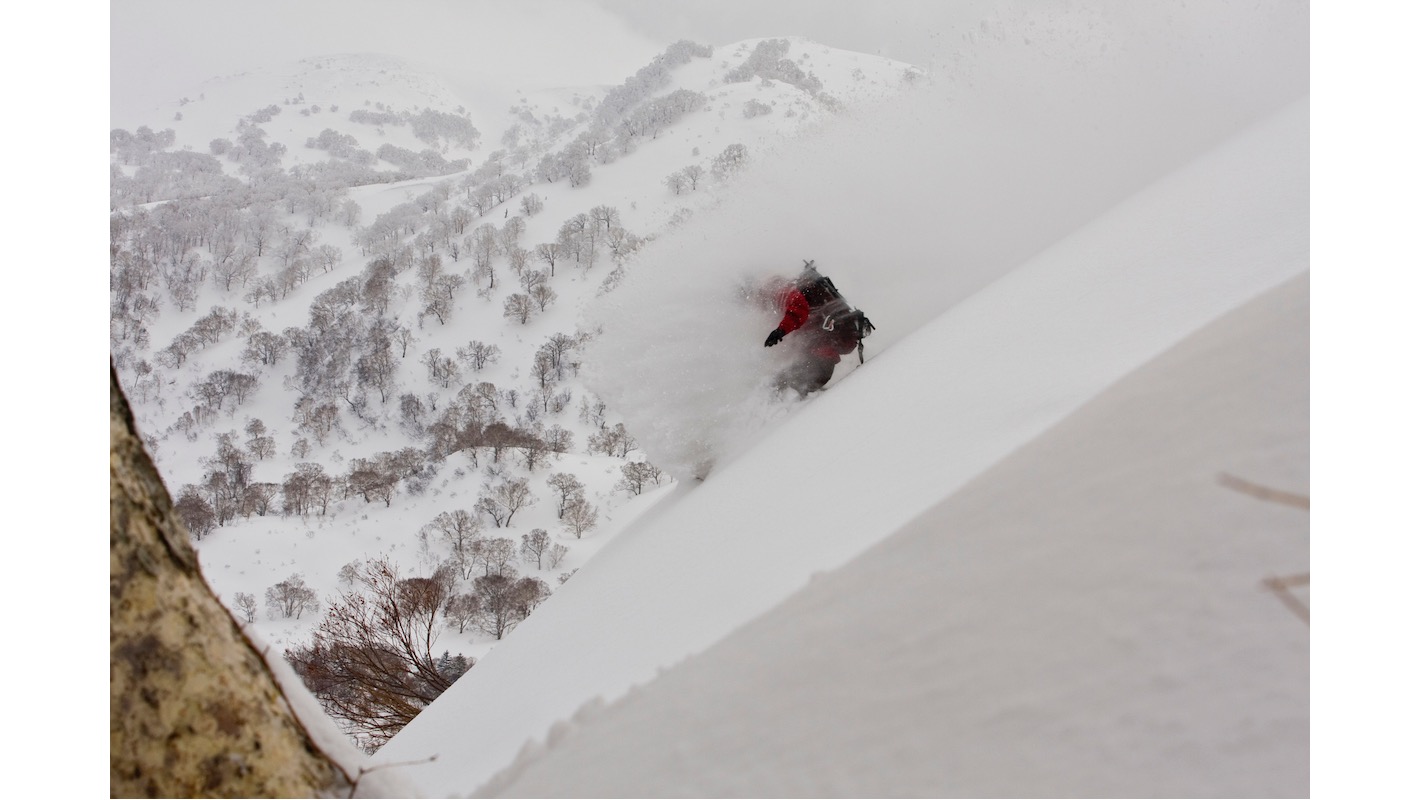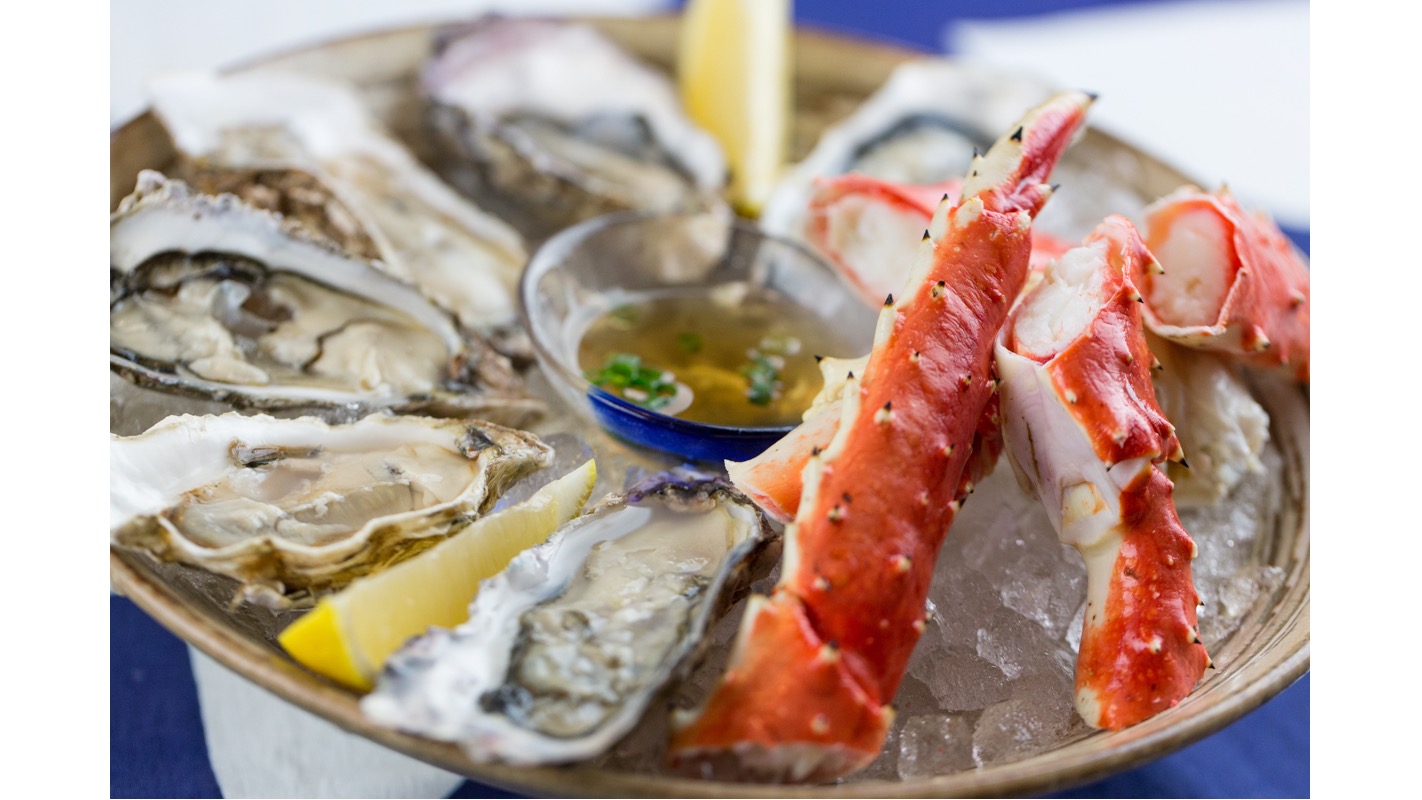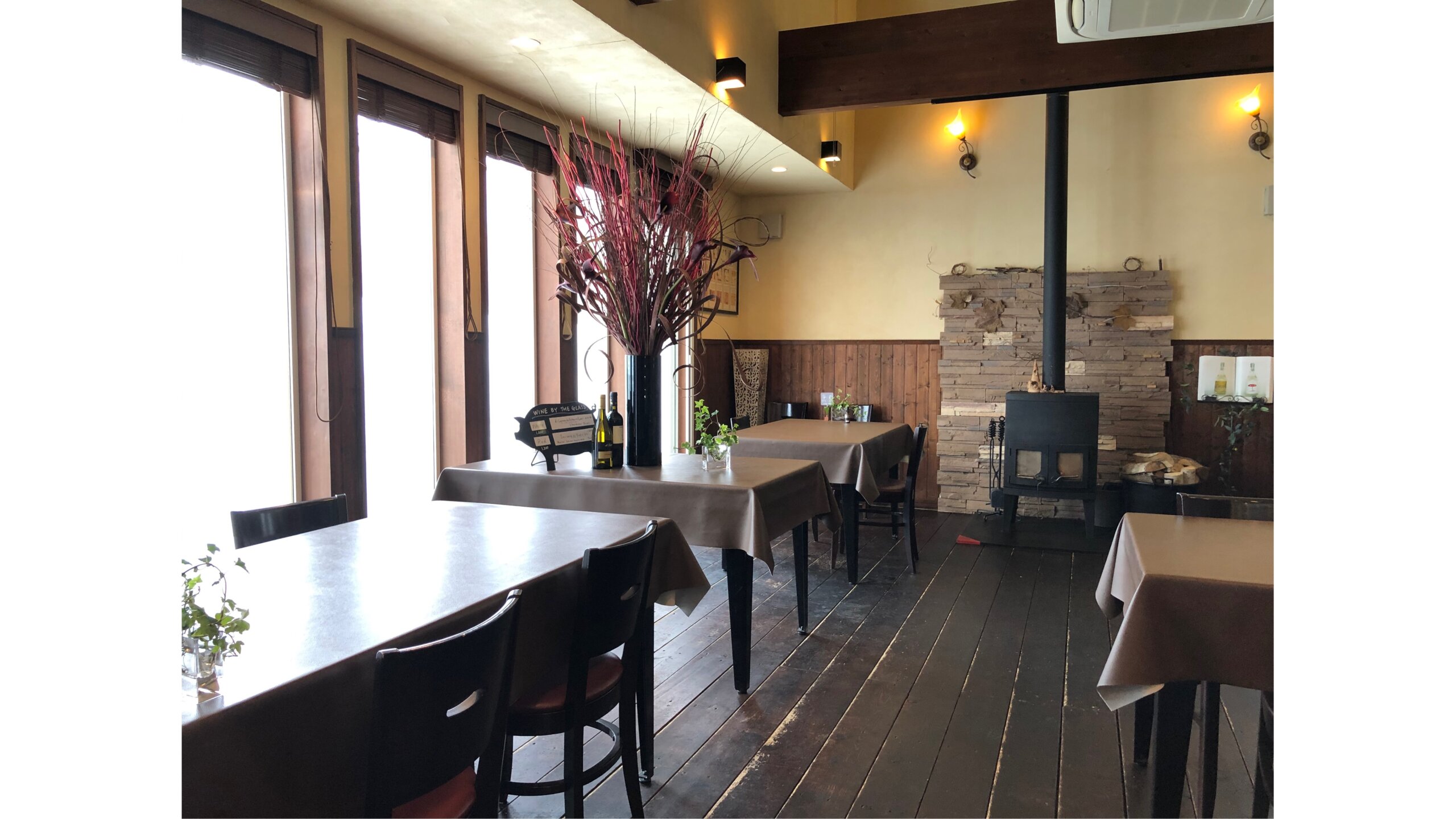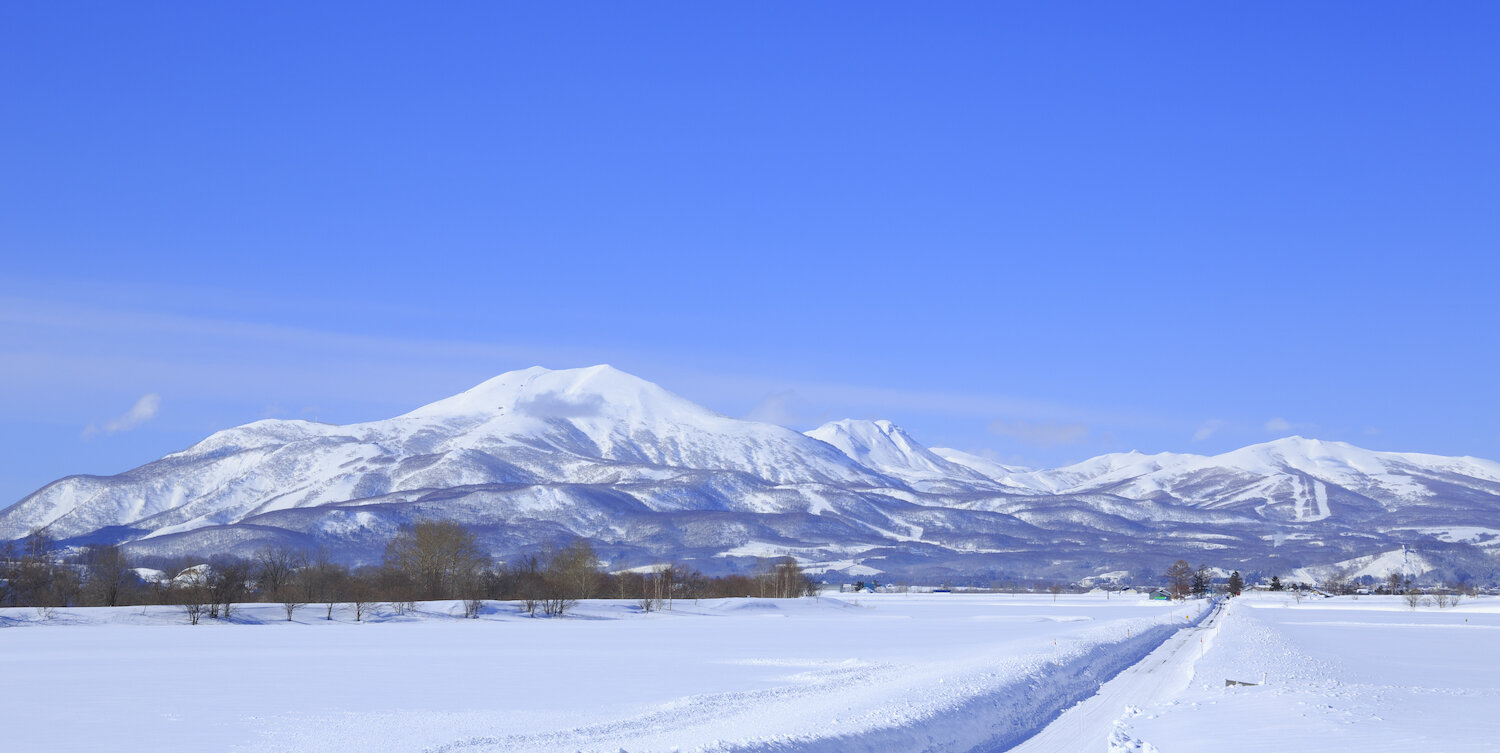
Shouya Grigg is a true stalwart of the Niseko community. Having lived in the area for more than 25 years, he is known as the producer of several popular lodging facilities and restaurants, including Zaborin and Somoza. For our deep dive on Niseko, we could think of no better person to guide us.
Photo: A view of the mountain Niseko Annupuri. The Niseko area consists of the towns Niseko, Rankoshi, Iwanai, Kyowa and Kutchan. ©HIDEKI NAWATE/SEBUN PHOTO/amanaimages
When you think of ski resorts in Hokkaido, Niseko is undoubtedly the first place that comes to mind. While visitors have decreased dramatically this year due to the ongoing effects of the coronavirus pandemic, in simpler times people come from all around the world to enjoy the perfect powder snow Niseko is known for. Furthermore, the area has also seen an increase in visitors in the summer months – the so-called “green season” – making Niseko one of the premier resort areas in Japan all year round.
Befitting its status as a resort haven, there is no shortage of choice when it comes to lodging. In Kutchan, which neighbors Niseko Town, there is the quaint Ryokan “Zaborin” nestled within a white birch forest. The facility is an ode to classic Japanese inns while maintaining an atmosphere of modernity. Furthermore, even the smallest of the 15 rooms clocks in at a spacious 70㎡, guaranteeing a comfortable stay. Zaborin’s tranquil vibe has attracted guests both from Japan and all over the world.
The co-owner/producer of the facility Shouya Grigg. Born in England, he grew up in Australia before moving to Hokkaido and finally Niseko in 1994. Starting with Zaborin, he has been involved in the production of several hotels and restaurants, trying to create unique spaces while paying homage to Japanese aesthetics. We got him to open up about what made him stay in Hokkaido.
“Upon my first visit to Japan, I arrived in Hokkaido with my mountain bike and went on a 4-month road trip. At that time, there were barely any English signs, and I remember having fun trying my best to communicate with the locals. What really left an impression was Hokkaido’s incredible nature, however, which reminded me of Yorkshire, my home in England. The landscapes here are so varied, featuring plateaus interspersed with rivers and forests. It really is quite something, isn’t it?” says Grigg.
The rich scenery was also markedly different than the vast desert-like plainlands of Australia, where he was living at the time. Eventually, Grigg ended up in Niseko.
“I was working as a photographer and designer in Sapporo but found myself escaping to Niseko often, primarily for outdoor activities such as snowboarding, hiking, and landscape photography. Niseko is fairly close to Sapporo, and I was just in awe by Mt. Youtei and all the other incredible landscapes the area has to offer. Eventually, I was lucky enough to be able to purchase some land, on which I set out to build Zaborin. The rest, as they say, is history…”
A few years after opening Zaborin, Grigg moved on to relocate and reimagine a 150-year-old traditional house nearby. The result, called Somoza, features an art gallery, restaurant, and tearoom. Also, Grigg is in the process of renovating another three relocated kominka, that will be turned into guest rooms all with private hot springs. We asked Grigg why he is expanding his business despite the stark drop in visitors due to the Coronavirus.
“I believe that the pandemic will slowly, but surely, come to an end. As part of that process, I also think that people will change their behavior when traveling – preferring to relax in private villas and smaller hotels rather than visit a crowded tourist area to avoid the risk of infection. The risk is even lower outside in nature and with Niseko being in such a convenient location, I am betting that we can offer exactly what people are looking for at this time: a recluse in nature and break from everyday life.”
We then proceeded to ask Grigg about some of his favorites in the area. Being the quasi-local he is, Grigg immediately suggested two intriguing spots. The first one, Ezo Seafood, is a casual seafood Izakaya located in Hirafu. Serving up a large variety of locally caught fish, it is extremely popular during the ski season – reserving in advance is a must.
“Ezo Seafood is only open in the winter, as the Australian owner runs an Italian restaurant in Izu, Shizuoka from June to August. Quite unique, right? He serves up delicacies such as crabs and oysters sourced directly from the local market for a menu that is hard to replicate anywhere else. For this reason, it is quite popular with foreign guests as well” explains Grigg.
The second restaurant he recommends is also located in Hirafu, an Italian Restaurant-Patisserie hybrid called L’Ocanda. Popular especially with locals, it is run by two brothers, the older of which trained in Italy while the younger one is in charge of creating the sweets.
“First of all, I must highlight the great taste of everything on the menu. Furthermore, as a family business, there is a certain homely atmosphere. The taste never changes, which is how I think it has been able to develop a loyal following that includes both locals and the sizeable seasonal population.”
While the coronavirus has sadly meant that many restaurants have stopped operating for the moment, the incredible nature that Niseko offers has birthed a tight-knit local community – comprised of both Japanese and foreigners – that continue to believe in the area’s potential.
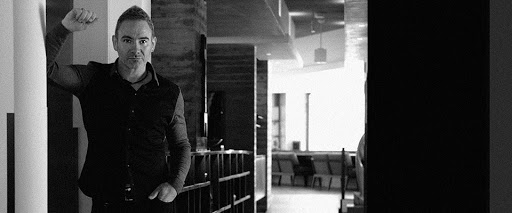
Shouya Grigg
Born in England, Grigg grew up in Australia before moving to Japan in 1994. In addition to being a fine art photographer, he is the director and owner of Sekka Style and Somoza and co-owner of Zaborin.
